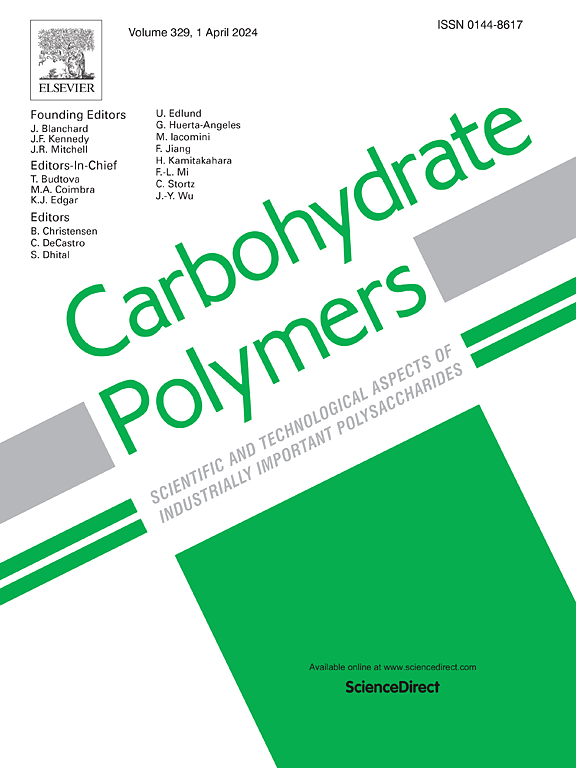Insight into pH-induced oat β-glucan/whey protein phase behavior and phase transformation mechanism
IF 10.7
1区 化学
Q1 CHEMISTRY, APPLIED
引用次数: 0
Abstract
The interactions between whey protein isolate (WPI) and oat β-glucan (Glu) were studied under varying pH conditions to explore their phase behavior. The phase diagram of the WPI/Glu system, when subjected to pH adjustments, revealed three distinct regions: a co-soluble region at pH 2.0–3.4 and pH 6.1–7.0, a soluble complex region between pH 5.5 and 6.0, and an insoluble complex region from pH 3.5 to 5.4. Moreover, the presence of low concentrations of NaCl (15 mM and 30 mM) was found to enhance complex formation within these regions, while higher concentrations (50 mM) inhibited complexation. Additionally, when the mass ratio of WPI to Glu was 1:2, the binding sites between the two molecules became fully saturated. Any deviation from this ratio, resulted in a reduction in the number of complexes formed within the defined phase regions. Finally, the composition of the upper and bottom phases in the insoluble complex region (phase separation region) was studied. At pH 4.5, when the ratio of WPI to Glu was 1:4, it was found that 77 % of β-Lg and 76 % of α-La were partitioned into the bottom and upper phases, respectively. This phase behavior study offers a novel approach for separating specific protein components.

求助全文
约1分钟内获得全文
求助全文
来源期刊

Carbohydrate Polymers
化学-高分子科学
CiteScore
22.40
自引率
8.00%
发文量
1286
审稿时长
47 days
期刊介绍:
Carbohydrate Polymers stands as a prominent journal in the glycoscience field, dedicated to exploring and harnessing the potential of polysaccharides with applications spanning bioenergy, bioplastics, biomaterials, biorefining, chemistry, drug delivery, food, health, nanotechnology, packaging, paper, pharmaceuticals, medicine, oil recovery, textiles, tissue engineering, wood, and various aspects of glycoscience.
The journal emphasizes the central role of well-characterized carbohydrate polymers, highlighting their significance as the primary focus rather than a peripheral topic. Each paper must prominently feature at least one named carbohydrate polymer, evident in both citation and title, with a commitment to innovative research that advances scientific knowledge.
 求助内容:
求助内容: 应助结果提醒方式:
应助结果提醒方式:


